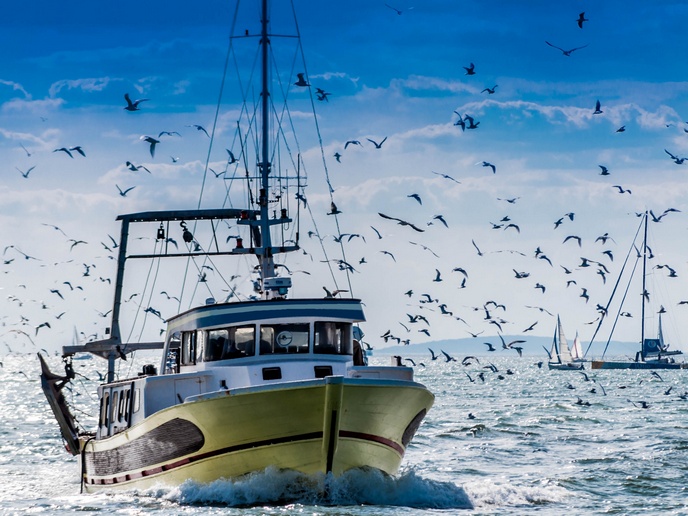Fishing for solutions: how to achieve sustainable fisheries
Fisheries play a vital role in Europe’s economy and coastal communities, providing sustenance, employment and social activities. However, balancing economic benefits with sustainable ecosystem management is a challenge exacerbated by climate change and increased competition for marine resources and space. Ecosystem-based fisheries management (EBFM) is an approach that considers the social and economic benefits of fisheries alongside the environmental impacts. The SEAwise project aims to understand the current EBFM landscape in Europe and facilitate the broad implementation of this approach. “SEAwise is designed to take the concept of EBFM and translate it into a fully operational approach for decision-makers to deploy,” states Anna Rindorf, SEAwise project coordinator.
Integrating knowledge for better fisheries management
Project work centres on exchanging and integrating knowledge about human well-being, changes in fish stocks and fishing effects on ecosystems. Using models, it assesses the impacts of closed fishing areas, management strategies for specific fleets, and catch- or effort-based approaches. The project draws from case studies in the North Sea, Baltic Sea, Mediterranean Sea and Western waters, enabling a comprehensive and context specific understanding of EBFM in Europe. SEAwise research points to declines in growth and the number of new fish emerging in many stocks. But it also shows that with different management strategies the total weight of fish populations can still be high. The project analysed various management approaches, focusing on small-scale and large-scale fisheries. It used socioeconomic models to predict economic impacts, carbon emissions, the number of meals served, and other factors linked to fisheries behaviour and fishing communities’ resilience.
Balancing management strategies and sustainability
Results indicate that a balanced approach can mitigate negative socioeconomic impacts while reducing carbon emissions per kilogram of fish landed. This approach is positioned between the current management system and a sustainable fishing mortality providing the maximum long-term yield (FMSY) with a strict landing obligation, which limits the discarding of unwanted fish at sea. “Across case studies, the status quo management performed poorly, while management based on FMSY as a target with strict implementations of a landing obligation led to increased spawning stock biomass (the portion of a fish population capable of reproducing), lower fishing mortality level and small increases in long-term landings,” explains Rindorf. The project also investigated the effectiveness of closed areas in reducing bycatch and protecting marine habitats. Findings suggest this method can be truly effective if designed appropriately. “If specific fishing techniques were prohibited in fit-to-purpose areas, it can lower the risk of incidental bycatch and prevent seafloor degradation,” Rindorf adds.
Innovative tools for fisheries management
SEAwise is delivering tools, based on high-quality predictive models, that present ecological and social impacts of and on fisheries in an accessible format. These tools facilitate discussions among managers and stakeholders, ensuring policy decisions are based on clear insights. One of the project’s key innovations is the extension of multispecies-multifleet models. Unlike traditional single-species models, these simulations consider interactions between multiple species, fishing fleets, gear types and landing locations. This allows for a more holistic assessment of fisheries management measures, capturing ecological and economic considerations. SEAwise also developed an online advice tool to provide comprehensive insights into fisheries management. Catering for diverse audiences, it provides an overview of the topic for general users and detailed data for managers, scientists and stakeholders.
Keywords
SEAwise, ecosystem-based fisheries management, EBFM, fisheries management, climate change, marine resources, closed fishing areas, landing obligations







